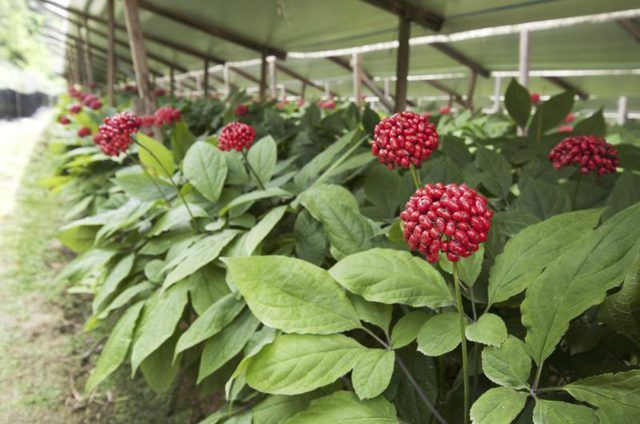Bulbs
Flower Basics
Flower Beds & Specialty Gardens
Flower Garden
Garden Furniture
Garden Gnomes
Garden Seeds
Garden Sheds
Garden Statues
Garden Tools & Supplies
Gardening Basics
Green & Organic
Groundcovers & Vines
Growing Annuals
Growing Basil
Growing Beans
Growing Berries
Growing Blueberries
Growing Cactus
Growing Corn
Growing Cotton
Growing Edibles
Growing Flowers
Growing Garlic
Growing Grapes
Growing Grass
Growing Herbs
Growing Jasmine
Growing Mint
Growing Mushrooms
Orchids
Growing Peanuts
Growing Perennials
Growing Plants
Growing Rosemary
Growing Roses
Growing Strawberries
Growing Sunflowers
Growing Thyme
Growing Tomatoes
Growing Tulips
Growing Vegetables
Herb Basics
Herb Garden
Indoor Growing
Landscaping Basics
Landscaping Patios
Landscaping Plants
Landscaping Shrubs
Landscaping Trees
Landscaping Walks & Pathways
Lawn Basics
Lawn Maintenance
Lawn Mowers
Lawn Ornaments
Lawn Planting
Lawn Tools
Outdoor Growing
Overall Landscape Planning
Pests, Weeds & Problems
Plant Basics
Rock Garden
Rose Garden
Shrubs
Soil
Specialty Gardens
Trees
Vegetable Garden
Yard Maintenance
How to Find and Harvest Wild Ginseng
How to Find and Harvest Wild Ginseng. Ginseng (Panax quiquefolius) is a native American perennial herb that grows wild in deep deciduous hardwood forests of the eastern third of the United States and eastern Canada. Wild ginseng roots have commercial value as an ingredient in Native American and Asian herbal tonics, teas, extracts and dietary...
Ginseng (Panax quiquefolius) is a native American perennial herb that grows wild in deep deciduous hardwood forests of the eastern third of the United States and eastern Canada. Wild ginseng roots have commercial value as an ingredient in Native American and Asian herbal tonics, teas, extracts and dietary supplements. Wild ginseng legally can be harvested from Sept. 1 to Dec. 31 in 19 states, but most of them require that ginseng hunters and dealers obtain a state license or permit.
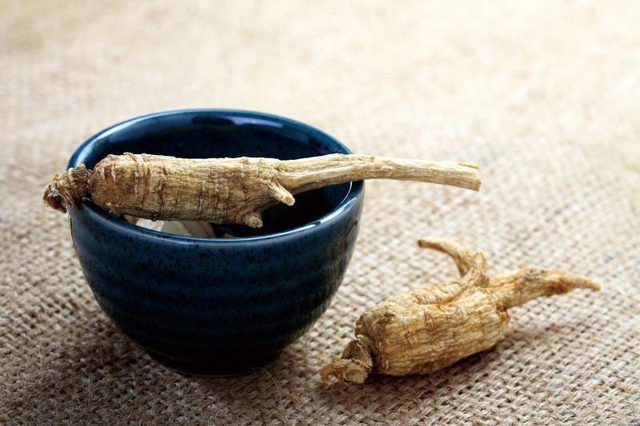
Ginseng is a small shade-loving plant with compound palmate green leaves; it grows up to two feet tall. Typically, each compound leaf is made up of three to five leaflets. A mature plant will have three compound leaves but can eventually grow five compound leaves. Starting in their third year, the plants grow a cluster of dull yellow flowers in spring that grow into a cluster of bright red berries in early fall that contain the seeds. The berry cluster is located just above the point where the compound leaves join the stem. Ginseng grows from seeds but germination can take 18 to 22 months, depending on weather and climate conditions.
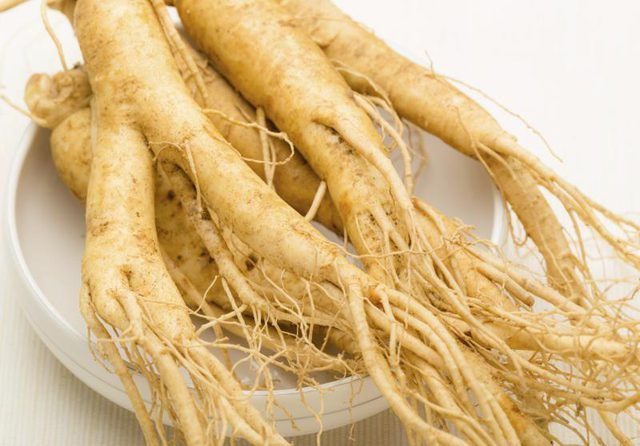
Wild ginseng grows in deep forest areas with 70 percent to 90 percent shade. It also needs well-drained loamy soil that gets 35 inches to 50 inches of rain. Ginseng can be hard to pick out. One way to search is to look for easily-identified indicator plants that prefer the same sort of environment as ginseng. Some indicator plants are the fiddlehead fern (Polystichum acrostichoides) with its sprout shaped like a violin head, flowering trillium (Trillium grandiflorum) with its three leaves and three-petaled white flower, bloodroot (Sanguinaria canidensis) with distinctive clusters of daisy-like white flowers, May apple (Podophyllum peltatum) with its shiny umbrella-like leaves, and ground pine (Lycopodium tristachyum) that looks like sprigs of pine scattered on the ground. If you find indicator plants, closely examine the area for ginseng.
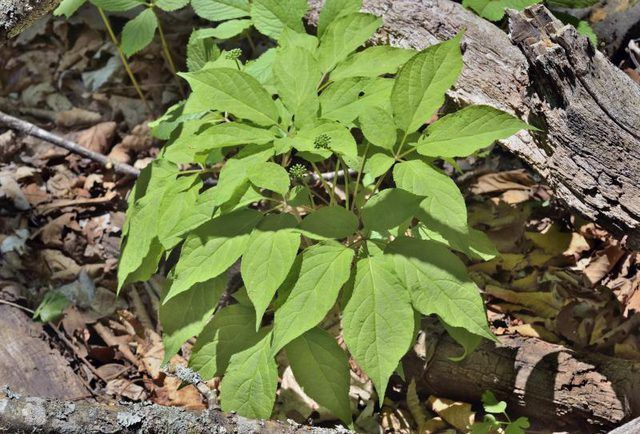
The valuable part of a wild ginseng plant is its root, a dark tan, elongated, wrinkled organ about the size and shape of an adultís thumb. The plant must be dug up and killed to collect the root. To be legally harvested, a ginseng plant must have at least three compound leaves and be at least five years old. Ginseng harvesters can tell the age of a plant by the number of growth rings on the rhizome or "neck" of the root. As the plant sprouts a new stem and leaves from the root neck each spring, a new growth ring is formed.
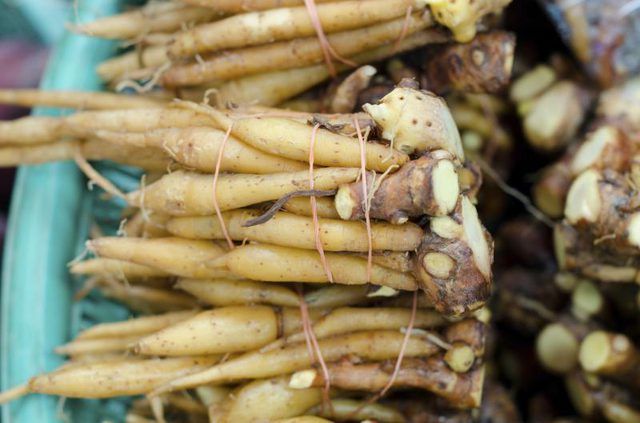
To harvest a ginseng root, dig up soil at least 6 inches from the plant and gradually work your way down toward the root, which resembles a little elongated potato with legs. Carefully pull up the root, leaving the tiny rootlets attached. Carefully break off the stem and leaves but be careful not to break off the root neck. Remove the seed-bearing berries from the plant stem and bury them in a shallow hole where you found the plant. Brush off loose dirt and rinse the roots in water. Don't scrub them. Air-dry the cleaned roots for one to two weeks on a screen or rack that you place outdoors in a shaded dry location.or indoors in a well-ventilated attic. Turn the roots over every few days. Never oven-dry the roots. This will burn them, making them worthless.
